In the 1990s, 3D posters were everywhere. At first glance, these 3D pictures just looked like a random mass of colours or patterns — but if you stared long enough (or relaxed your eyes just right), a hidden image would magically appear.
These hypnotic artworks, often called 3D pictures, autostereograms, or Magic Eye posters, became a cultural phenomenon that combined art, science and a bit of patience.
Even today, searches for 3D pictures, 3D posters, and 90s 3D art show how these unique optical illusions continue to spark curiosity across generations.
How do 3D pictures work?
3D pictures from the 1990s rely on a trick called an autostereogram. The surface image is designed so that each eye sees a slightly different pattern. When your eyes converge correctly, your brain interprets the differences as depth — revealing a hidden 3D shape floating in the space behind the surface.
What seemed like just a jumble of colour suddenly transformed into dolphins, castles, spaceships or abstract designs. No special glasses or technology needed — just the incredible power of human perception.
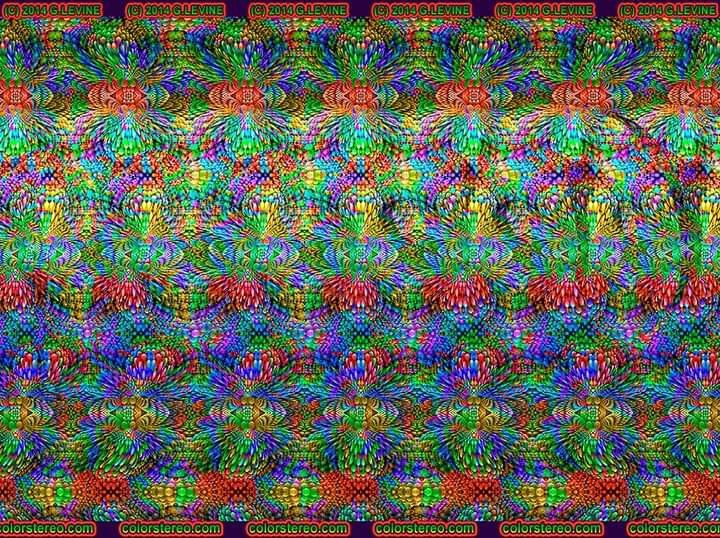
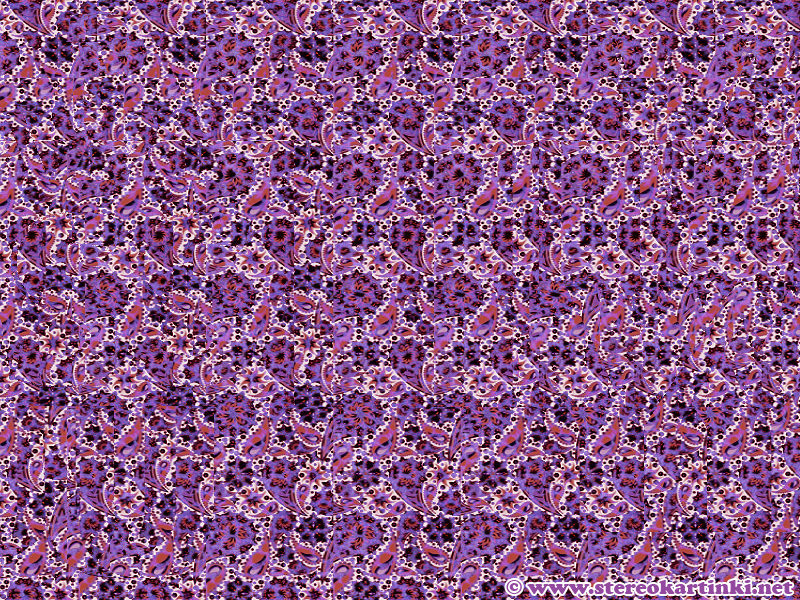
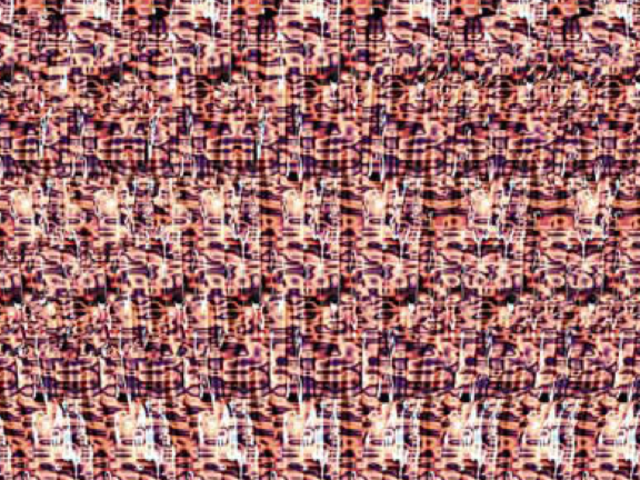
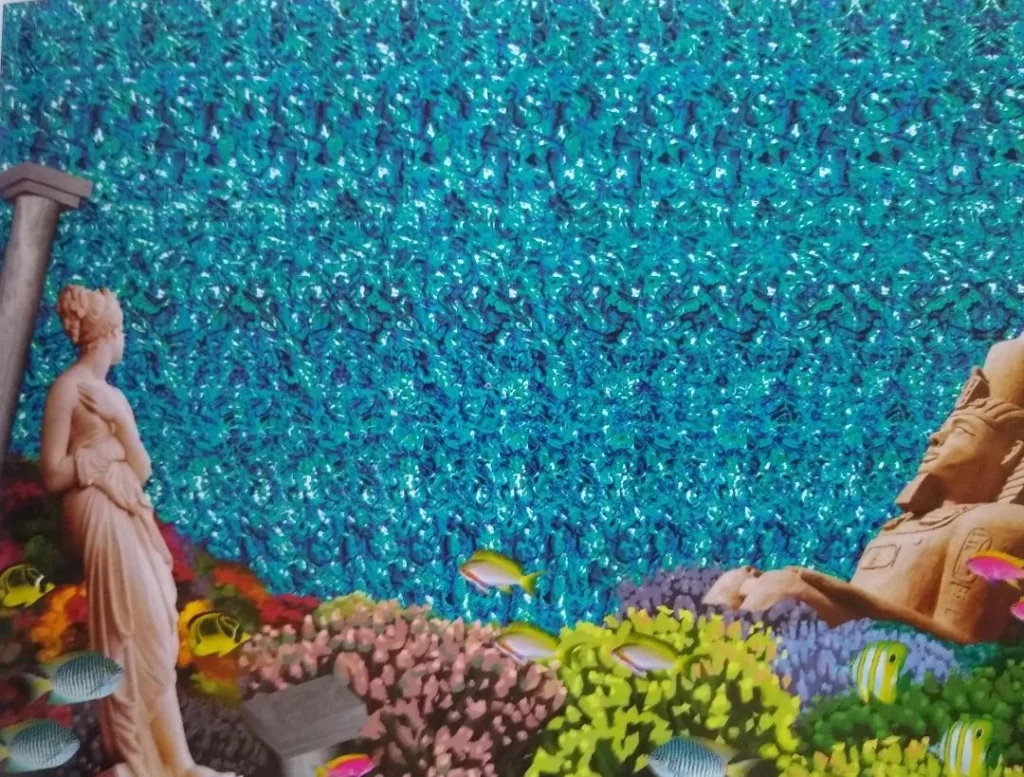
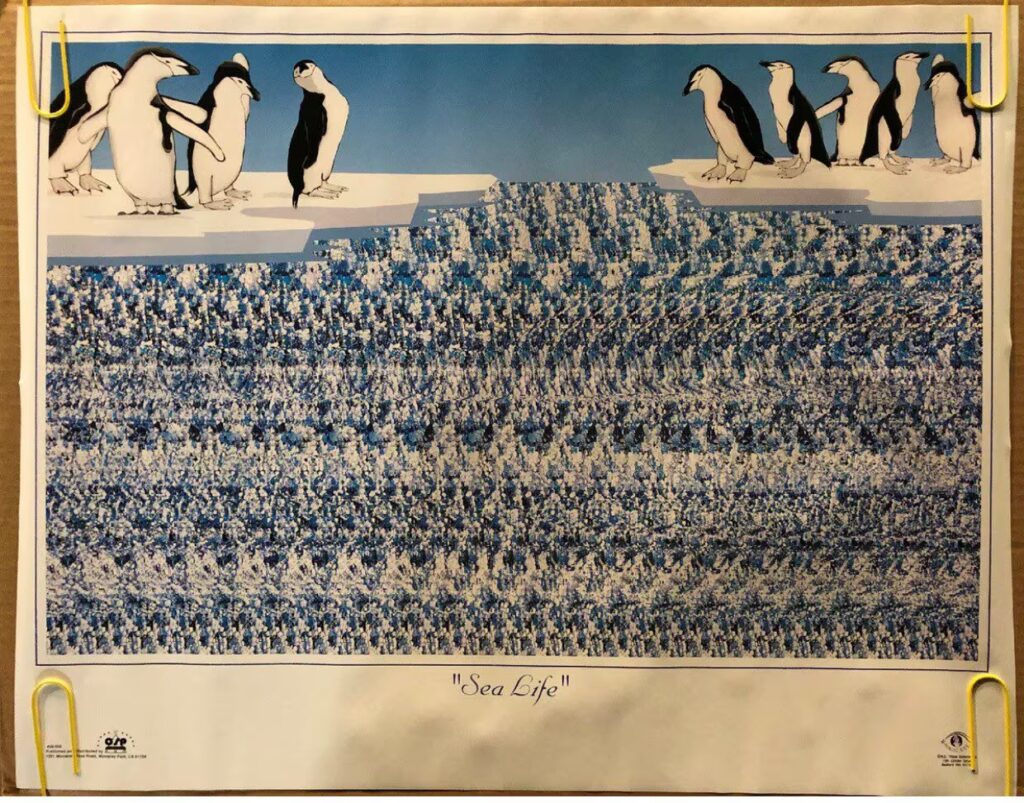
Why were 3D posters so popular in the 1990s?
3D art from the 90s captured a moment when technology, psychology, and design collided in everyday culture. They were featured in shopping malls, bookshops, calendars, and even cereal boxes.
Some reasons for their huge success include:
- Novelty: For many people, seeing a 3D image without special glasses felt like pure magic.
- Accessibility: 3D posters were affordable, widely available, and easy to hang on any bedroom wall.
- Challenge: “Can you see it?” became a favourite question among friends and family, adding a fun, competitive element.
Still fascinated by 90s 3D pictures?
If you want to dive deeper into the world of 1990s 3D art — or try creating your own — here are some top-rated books available on Amazon:
Recommended books on 3D art and optical illusions
- Magic Eye: A New Way of Looking at the World
Discover over 100 classic 3D pictures and learn the simple techniques behind seeing hidden images. - Magic Eye II: Now You See It…
A sequel packed with even more intricate autostereograms that challenge your brain and focus. - Stereograms for Beginners: 3D Optical Illusions You Can See
New York Times Bestselling Property! The Magic Eye 25th Anniversary Book commemorates 25 years of delighting children and adults worldwide with its amazing 3D images.
Whether you’re reminiscing about your favourite 3D poster from the 90s or just discovering these hypnotic images for the first time, one thing remains true:
3D art from the 90s still amazes, puzzles, and delights today.
Originally published in 2024. Updated in 2025 by YouUnlimited.

Comments